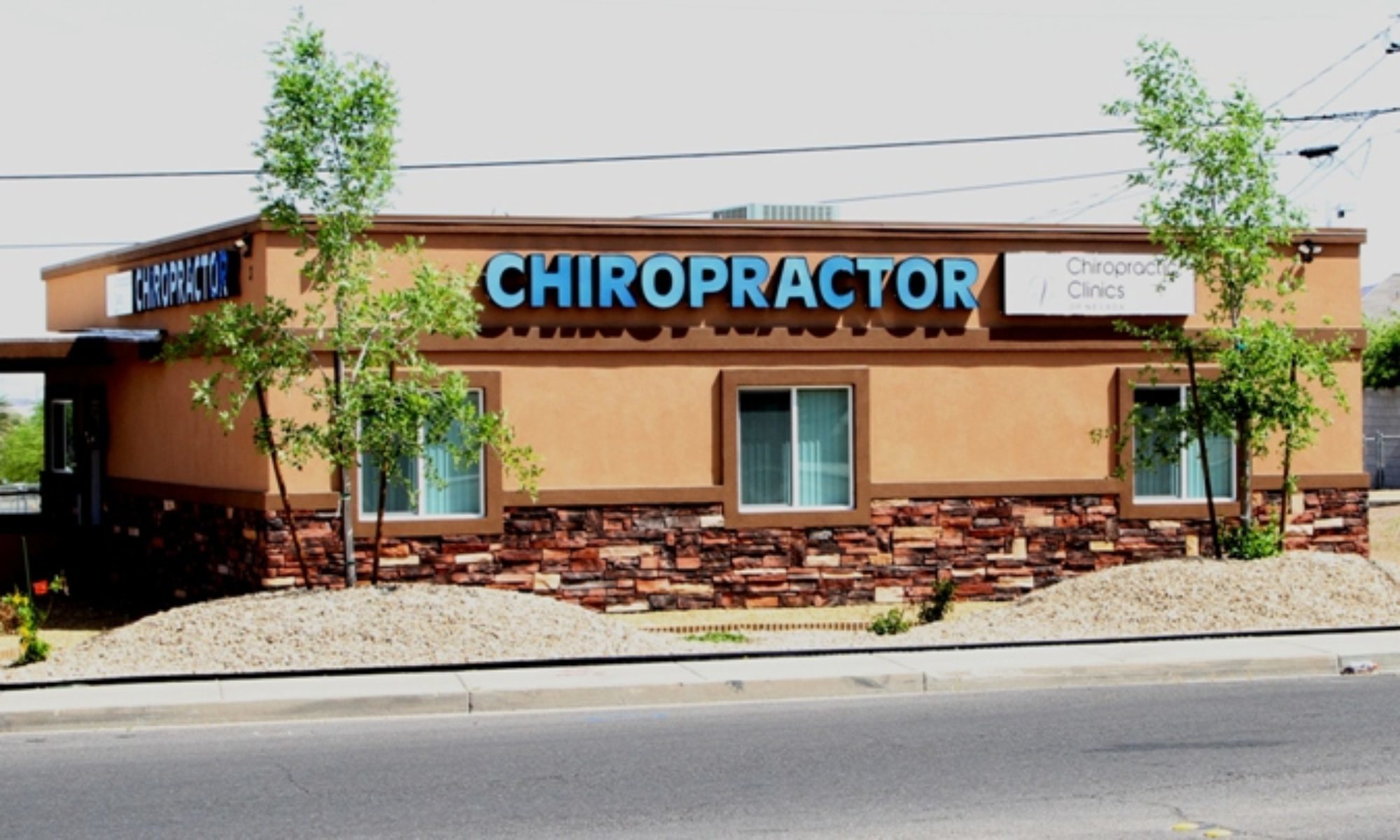It is estimated that a significant percentage of people taking opioid painkillers for chronic pain are actually causing more pain by taking the drugs — an effect called Opioid Induced Hyperalgesia (OIH).
“Hyper” comes from the Greek, meaning “over”. It is used as part of another word to mean “too much” or “excess”. Of course, by itself, hyper is slang for overactive.
“Algesia” is also from the Greek and means “sensitivity to pain”.
So, “hyperalgesia” means “too much sensitivity to pain” or just, “too much pain”.
Physical pain, in case you have any doubt, is defined as: “Unpleasant physical sensation — the acutely unpleasant physical discomfort experienced by somebody who is violently struck, injured, or ill.”
So now, with those definitions in hand, we can explain the amazing scientific discovery that painkillers can actually CAUSE pain. And why, in such circumstances, people should take fewer painkillers, not more.
Opioid painkillers, which are all fairly similar in what they do, include such drugs as OxyContin, oxycodone, hydrocodone, Percocet, Lortab, Vicodin, methadone, morphine, Dilaudid and dozens of others that are based on the chemistry contained in the infamous opium poppy, the source of heroin.
A common misconception is that when painkillers “treat” pain, our body is less ill or injured. In fact, it is merely anesthetized so we can’t feel the pain. The drug has not improved the injury.
The brain produces a substance called endorphins that block pain signals from reaching the brain as pain. Opioids stimulate endorphin production that block the pain, but sooner or later the body begins to rely on the drugs for endorphin production, producing less on its own.
Recently, science has learned that opioids can damage the specialized sensory receptor cell, called the “nociceptor”, that sends pain signals to the brain. The damage causes the nociceptor to increase its signals, and the drug user feels increased pain — often more than the pain he or she was originally trying to treat.
Without knowing this, the drug user increases the dose of opioid painkiller, escalating the problem. It just keeps getting worse, and can even cause permanent damage.
It is well known that bodies and brains build up tolerance to opioids, creating the need to take more and more opioids to treat the same pain or get the same effects. Now we have the additional problem of the drugs causing more pain themselves.
Many busy medical doctors don’t take the time to find the cause of nor treat the actual cause of some pain. Instead, they prescribe opioids. Now, with Opioid Induced Hyperalgesia, we have even more reason to avoid the drugs if at all possible.
When we are suffering from pain, it makes sense to see a practitioner with the skill to diagnose and treat the cause of our pain, and who takes the time to do so. More and more people are finding Acupuncture and Chiropractic to be their treatments of choice.
SOURCES: Novus Medical Detox Center, http://www.novusdetox.com/opioid-pain-effects.php
